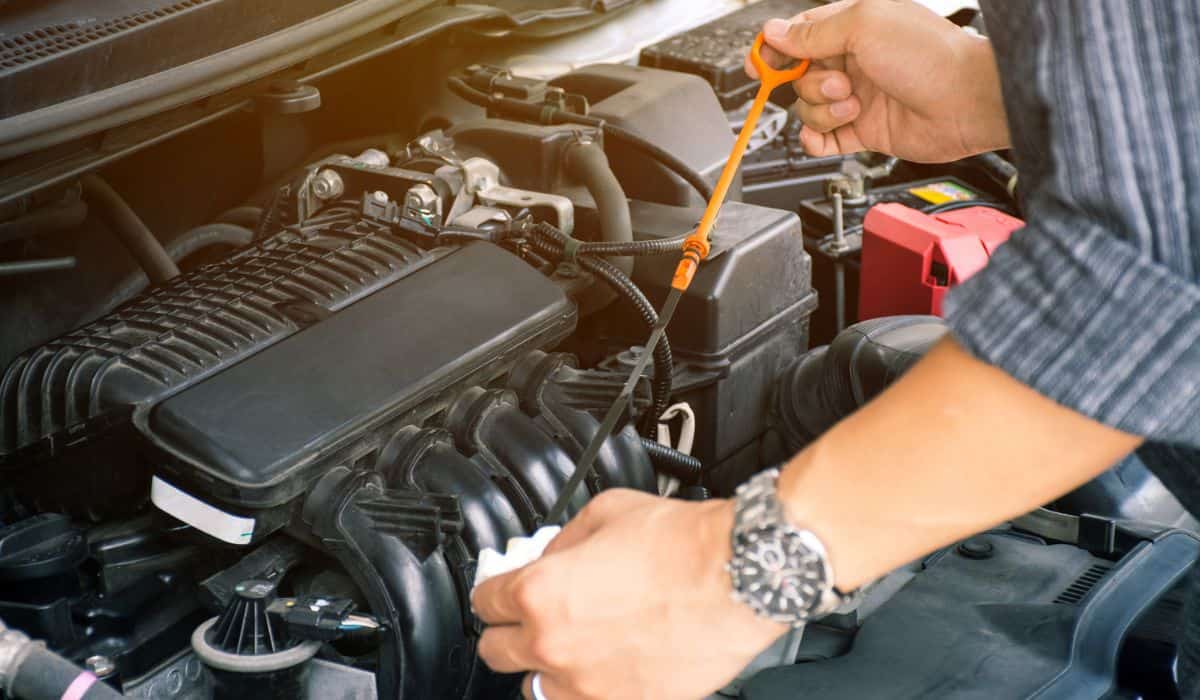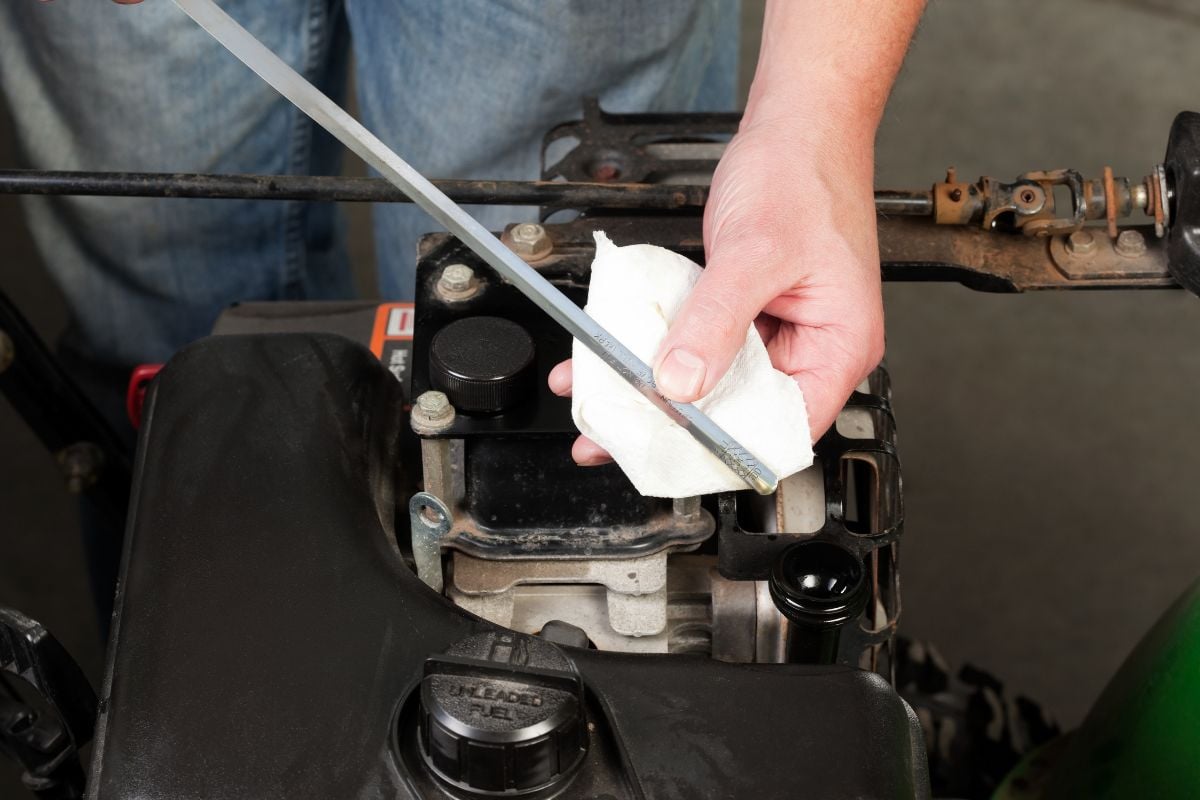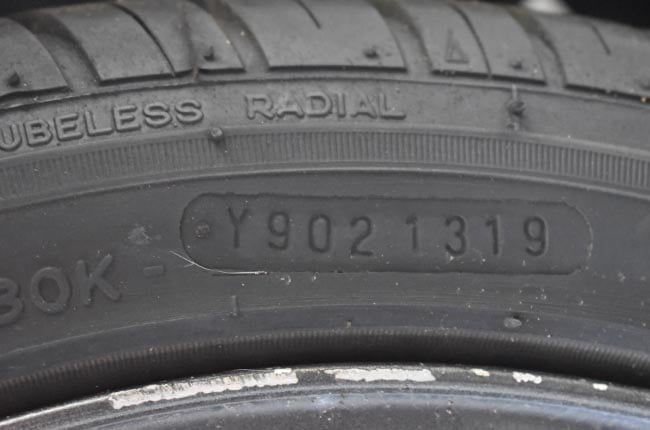The Ultimate Car Maintenance Checklist And Guide For Your Car!
Keep your car running smoothly and efficiently with our ultimate car maintenance checklist. This is the best guide to ensure you extend the life of your car.
Here’s our comprehensive resource for car owners, with extensive research and personal experience. After all, if you have a project car, you know a maintenance schedule is vital.

A car maintenance checklist must include all the vital aspects of your vehicle. Fortunately, they’re simple.

“Drive Past Myths: Get the Real Deal on Car Buying!”
🚘 Uncover 13 Car Buying Misconceptions with Our FREE Newsletter!
Plus you will get our quick tips, expert advice, and myth-busting insights delivered straight to your inbox.
Subscribe now and make informed decisions without the detours.
“Experts Hate This! Learn the Car Buying Secrets They Don’t Want You to Know. Free Subscription!”
Stay on top of a schedule, use the best components you can afford, and inspect your ride.
If you need to know what the appropriate car maintenance checklist is, don’t worry. This guide will provide all the info you need. Also, if you want a refresher, keep on reading!
Why is a car maintenance checklist important?
Regular car maintenance is crucial for your vehicle. All vehicles have many components that are crucial for their operation and safety.
These components include oil, coolant, brakes, clutch, and the battery. Over time, they wear out, something that is expected.
There are two aspects to car maintenance: mileage and time. If you drive many miles, these components will wear out faster. These components can deteriorate over time if you don’t drive too much. In both cases, the adequate replacement is crucial.
So, what happens if you don’t follow a regular car maintenance checklist?
Impact of neglecting car maintenance
When you don’t perform regular car maintenance, these components will further deteriorate. Let’s use engine oil as an example.
As oil deteriorates, its viscosity changes. So, it can’t lubricate your engine, which eventually can lead to engine failure. Thus, the life of your vehicle is considerably reduced.
Another example is brake pads. When these wear out, they compromise your vehicle’s ability to stop safely.
These are only some aspects that can affect your vehicle’s performance. Not only that, but your safety is as well.
How Does Vehicle Maintenance Affect Car Insurance?
In most cases, car insurance will not cover regular car maintenance check-up costs. After all, it’s considered an expected expense of your vehicle.
Some programs, such as leasing or renting, could include maintenance costs.
However, poor maintenance could impact your insurance in other aspects. For example, you could be liable for damage in an accident.
If the insurance company finds maintenance is critical, it might not cover the damage. Plus, the premium could increase.
Also. the insurance won’t cover the expense of pre-existing damage or necessary repairs.
Understanding Major Repair Costs Due to Lack of Maintenance
The idea of regular maintenance is to ensure your vehicle’s longevity. Let’s use the engine oil example again.
This is something you need to change frequently. Having a car maintenance checklist helps in remembering when.
If you don’t change your oil regularly, sludge can build up. The engine will not perform adequately, and repairing it will be expensive.
We’ve covered some famous examples of the consequences of neglecting car maintenance. The Ford Triton V8 with three valves is renowned for breaking down if you don’t perform regular oil changes.
The repairs are so expensive that some auto repair shops reject working on them.
The same applies to the transmission, clutch system, and brakes. The more you neglect your maintenance, the more expensive repairs will be.

The Ultimate Car Maintenance Checklist for Vehicle Owners
If you’re here, you love cars as much as we do. So, you want to keep them running in the best shape possible.
To do so, here’s the best car maintenance checklist for vehicle owners. In it, we cover what to do, when, and how to ensure your vehicle lasts many years.
Monthly checks AS Part Of A Car Maintenance Checklist
Here are some monthly checks as part of your car maintenance checklist.
Check engine oil level. Always ensure it’s within the recommended range.
If you need to know what engine oil you should use, read our article. Engine oil is crucial for your engine, and knowing which kind to use is vital.
Changing your engine oil is easy. You can change it at Jiffy Lube, Midas, and Pep Boys. A synthetic oil change costs between $65 to $125.
You can change the oil yourself, as well. You will need special tools like the Ancan car jack and other essential components.
Inspect your tire pressure. Tires can lose plenty of pressure before you realize it, so checking it every month is crucial. You can inflate your tires to the correct pressure at a local shop.
It always helps to have a tire pressure gauge on hand. If you need to know the tire pressure, you can always check your manufacturer’s guidelines.
Test headlights, brake lights, and turn signals. Sometimes, we don’t notice when a brake light is damaged because we rarely look at the back of the car. We recommend that you check the lights once a month.
Examine wiper blades for damage. The wiper blade is one of the most critical components for safe driving. Yet, we tend to ignore its condition. Check for wear and tear, and if there are any signs, replace them.
Check the windshield washer fluid and top it up if it’s low. Depending on where you live, you might use up washer fluid faster than you can imagine. Then, when you really need it, you’re left empty-handed.
Car maintenance checks you should perform every three months: car battery, oil, hoses and brakes
Once every three months, your car needs a series of checks of more complex components. These include the batteries, belts and hoses, and brakes. Here’s what you need to look for:
Change the motor oil and filter when you’ve reached the recommended mileage. It’s always ideal to follow your vehicle’s recommended schedule. Plus, you should use the recommended oil.
Another crucial aspect of changing your oil is whether you have an older car. Here at Four Wheel Trends, old vehicles are common, and we know you should be stricter with your oil changes.
Inspect belts and hoses, as they can get damaged. These are hoses from the radiator, timing belts (or chains), your serpentine belt, wiring, and others. Tend to it immediately if you notice tears, holes, or looseness.
Check the battery and cables, as they can loosen. Plus, battery terminals could have corrosion or acid build-up. Both are signs there’s something wrong with your battery.
If you want to learn more about the essentials of checking a battery, you can read this article. Batteries are essential, especially in newer cars.
We can expect a vehicle to have trouble starting with an older battery, but it doesn’t end there. A damaged battery can give out plenty of strange symptoms, so keeping them in top shape is crucial.
Inspect brake pads or shoes, along with the brake fluid level. Some brake pads have a wear indicator, making them easier to check.
You can inspect your brake pad through the wheel if your brake pad doesn’t have one. Ensure that the brake pad is more than a ¼-inch thick. Any thinner, and it’s risky.
Also, you can run your finger through the pad with care. If you feel bumps or uneven wear, it could be a sign that pads need to be replaced.
Finally, always pay attention to noises such as grinding, growling, or squealing. These are telltale signs of excessive brake wear.
Check the transmission fluid and ensure that it’s at the appropriate level. A darker transmission fluid indicates that it’s getting older. You should replace the fluid immediately if there’s a burn or acrid smell.
Lubricate door hinges to ensure a smooth operation. This is an uncommon aspect of maintenance because dealerships usually do it for us. If you’re a DIYer, then lubricating your hinges is crucial.
Car Maintenance Items To Do Every Six Months: steering, tire rotation and coolant
Twice a year, you should perform the following items on the car maintenance checklist:
Replace windshield wipers if they’ve started to streak or fail to clear the windshield. You should do so even if they have yet to reach the six months.
Check the coolant level and condition. If it’s low, top it off; if it’s darker or gunky, you should replace it. Coolant is essential to prevent your engine from heating up. If you notice your vehicle running a bit hot, you should also check the coolant levels.
Inspect your vehicle’s suspension and steering system. This could be a more complex task, as performing this inspection with your car raised is better. You can also pay attention to noises and vibrations.
Rotate tires to promote even wear. Here’s another tip for tires.
Your tires should be six years old at most. Some sources say that you can extend that to ten years. However, we advise against it, as they can be too damaged.
Do you want to know how to identify a tire’s age? It’s easy. Look at your tire’s wall.
Tires made after the year 2000 have a four-digit DOT code. This represents the week and year of manufacturing.
The first two digits are the week of the year (out of 52) when the tire was made. So, a tire made during week 52 (the end of December) will start with that number. The last two digits are the year of fabrication.
So, a tire with a DOT code 5220 is from the 52nd week of 2020. A tire with a DOT Code of 1322 is from the 13th week of 2022.

Check the brake fluid level and ensure it’s at the proper level. Check for sediments, a darker color, or a thicker consistency, as it can be in bad condition.
Examine the exhaust system for leaks, damage, or rust. Your exhaust system can take quite a beating, especially if you’re offroading.
So, it’s common for it to bump and grind. Rust could also be prevalent, especially in snowy areas.
Checking for rust and damage is crucial. At the same time, it’s always good to check if someone tried to steal your catalytic converter.
Items in the car maintenance checklist to be performed annually
Check the engine air filter and replace it if necessary. On average, you must replace the air filter every 12,000 to 15,000 miles. Also, drivers in the US drive 12,000 miles in a year, so once a year is adequate.
However, it’s best to check the air filter frequently if you live in dusty areas. Also, there are some signs of clogged air filters. These include lower fuel efficiency, misfiring, or starting issues.
Check your tire tread depth to ensure that your tires aren’t worn out. Some tires have indicators; if they don’t, you can quickly inspect them with the penny test.
Place Lincoln’s head on the thread; if you can see his entire head, it’s time to replace the tire. If the tire covers Lincoln’s forehead, then the tire is in good condition.
Another aspect of tire health is uneven wear. If you notice that one side is more worn out than the other, you should replace your tire. Then, you should also check the suspension and steering, as there could be a bigger problem at hand.
Check your power steering by steering to each end. It could be low on fluid if there are noises or it feels sluggish. Then, check the fluid to ensure it’s at the correct level.
Replace the cabin air filter to ensure clean air runs inside the car. If you live in dusty areas and use the A/C frequently, chances are the filter gets dirtier quickly.
Inspect the fuel system, such as hoses going to the pump, gas tank, and engine. Also, pay attention to odors and leaks.
Your fuel system is one of the most critical aspects of your car, and keeping it in good condition is vital.
Some people wax their car once a year, with a deep penetrating process. While this isn’t standard, it can help your car look as good as new, which is always a plus.
Items in your car maintenance schedule that you should do as needed
These are some of the items that you can perform as needed to ensure your vehicle is in excellent condition.
Replace headlights and tail lights if they’re burnt or damaged. If your car is less common, you should keep spares in store for when this happens.
If you hit a massive pothole or a curb, it’s recommended that you check the wheel alignment. Sometimes, a big hit can cause some damage, resulting in faulty steering.
If a vehicle isn’t starting up properly or it’s misfiring, you can inspect the spark plugs. If they’re malfunctioning or worn out, you can replace them if it’s an easy job. Some engines are known for being challenging in this aspect.
Car maintenance guide items if you have a four-wheel-drive vehicle
A four-wheel-drive vehicle usually has a transfer case if it has low-range gearing. It can also have more than one differential. Keeping the fluid levels at the correct level is crucial. Even more so if you go offroading often.
Symptoms include grinding noises, sluggish acceleration, or less power. You can inspect your differentials and transfer cases. Check your vehicle after every ride, to ensure there’s no damage.
Pro car maintenance tips
At Four Wheel Trends, we’ve seen our fair share of vehicles throughout history. So, we’ve learned a lot about keeping them running in the best shape possible. Here are some tips that you can have to ensure that you do so as well.
Keep records: this is crucial for maintenance. Not only for today but also for the future, as people love well-maintained cars.
Creating a checklist to keep track of all the aspects is of great help. At the same time, it can help you follow your vehicle’s maintenance schedule so that the car isn’t at risk of damage.
Listen to your car: any new noise is always a sign of something different. It might not be critical damage, but it’s a sign that there’s a change and that you should check it.
Wash your car! A clean car is a better car. As part of your schedule maintenance, you should do a periodical wash to ensure it’s in good condition. Plus, well-kept paint can help keep your car better for longer.
Check your owner’s manual: there’s nothing wrong with reading a manual. In fact, it’s recommended! Your owner’s manual will tell you plenty about your car. We’ve certainly learned a lot!
Closing thoughts On The Ultimate Car Maintenance Checklist
Our ultimate car maintenance checklist is an indispensable guide for every car owner. After all, regular maintenance is crucial to ensure your vehicle’s optimal performance.
It includes monthly checks such as oil level and tire pressure inspections. We also mention annual checks of air filters and power steering fluid.
Each aspect plays a crucial role in maintaining your vehicle’s health. Neglecting these routine checks can lead to significant repairs and compromised safety.
Whether you’re a DIY enthusiast or take your car to a mechanic, a structured maintenance routine is essential. Our guide aims to equip you with the knowledge and tools to keep your vehicle running great!

Do you have more detailed price information
Asking for Price